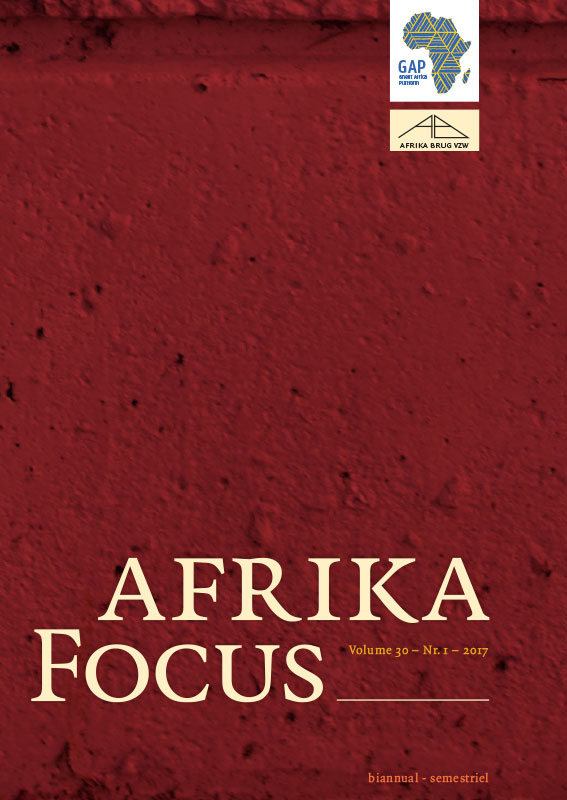As the body must appear: contemporary performances in post-Marikana South Africa
DOI:
https://doi.org/10.21825/af.v30i1.5412Abstract
On the 16th of August 2012 34 Lonmin miners lost their lives at Marikana in South Africa. Marikana bears witness to the socio-economic inequality and precarious work and living conditions in South Africa’s new globalized state. Two site-specific contemporary performances Mari and Kana (2015) and Iqhiya Emnyama (The black cloth, 2015) voice this sad event in a remarkable way. In this article we critically reflect on the performances’ avenues of creating transformative encounters between performers, spectators and the performance sites in South African society. Both performances invoke for the audience members a remarkable awareness of the performance site as the spectator is obliged to navigate him- or herself in a politically induced public landscape in Cape Town’s Company Garden. We concur that Mari and Kana and Iqhiya Emnyama both elicit a profound reflection on the daily life struggle of mourning women against inhumanity and socio-economic inequality in a neoliberal South Africa. Unsettling the dominant focus on resilient subjects, the omnipresence of women’s vulnerability in the two performances nurtures a rethinking process on structural justice. In doing so, we more closely analyse the performances’ intention to subvert the constructed category of ‘the mourning South African woman’ via multiple representations of mourning precedents as cultural elements. We conclude that both performances entail unique driving forces that question existing power systems that impact on SA and the problematic structural injustice at the heart of the massacre. Key words: Marikana, South Africa, Infecting the City, performance, gender inequality, neoliberalism, widowhoodDownloads
Published
How to Cite
Issue
Section
License
Authors who publish with this journal agree to the following terms
Authors retain copyright and grant the journal right of first publication with the work simultaneously licensed under a Creative Commons Attribution License that allows others to share the work with an acknowledgement of the work's authorship and initial publication in this journal.
Authors are able to enter into separate, additional contractual arrangements for the non-exclusive distribution of the journal's published version of the work (e.g., post it to an institutional repository or publish it in a book), with an acknowledgement of its initial publication in this journal.
Authors are permitted and encouraged to post their work online (e.g., in institutional repositories or on their website) prior to and during the submission process, as it can lead to productive exchanges, as well as earlier and greater citation of published work (See The Effect of Open Access).


